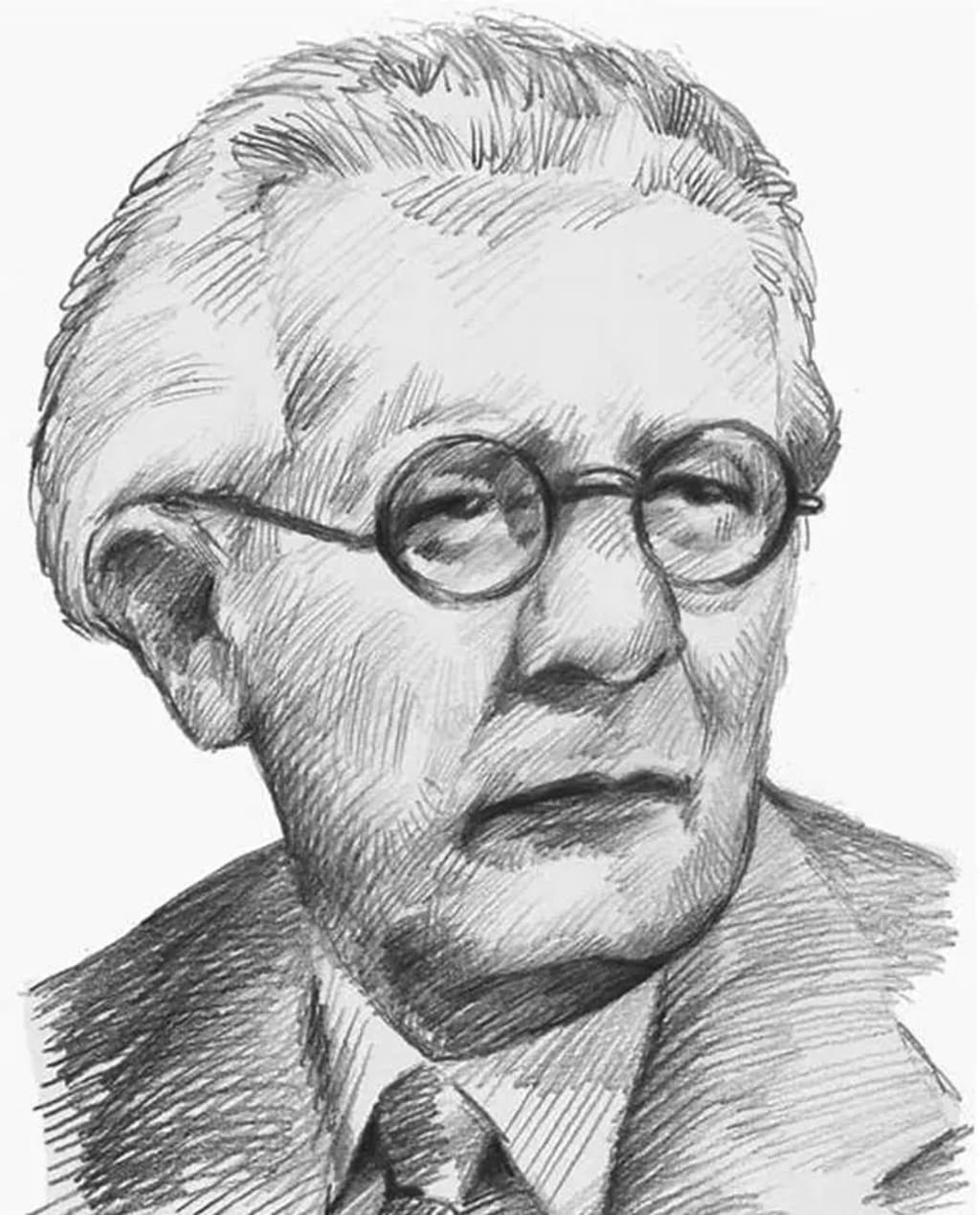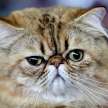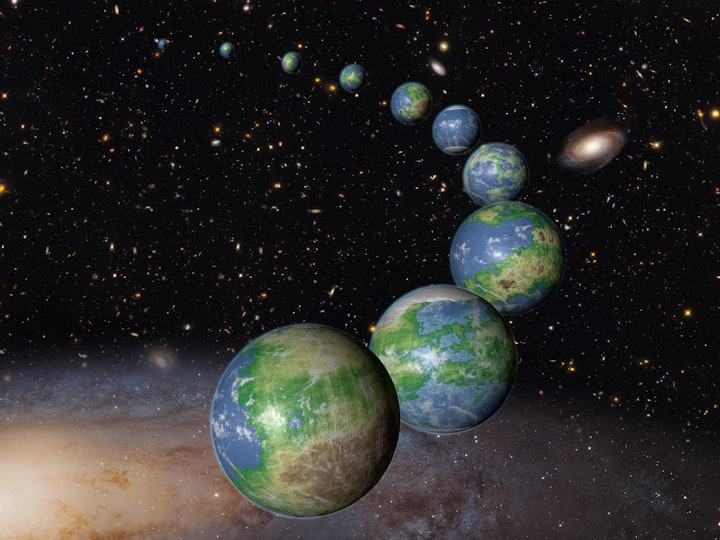Piaggio: good at research since childhood, contribution is not equal
Piaget's theory of child development

(I)
One day in 1928, someone was bragging to Einstein about his experiments on children's understanding of causality. Einstein felt his ears buzzing and his head tingling annoyed that he was delaying his violin practice. So Einstein wanted to get rid of him as soon as possible and asked him a series of questions in return.
How do children understand speed?
Can they understand the functional relationship between distance and time?
Is a child's understanding of speed simpler and more dependent on intuition?
Einstein was thinking, "You can't experiment with this on a child," haha. Because not many people can understand it even adults. Then Einstein went off to play his violin, thinking his ears would be really clear! However, after a while, this someone went back to the experiment and came back to explain the process and results of the experiment with him more eloquently.
The experiment was done: He placed two tracks of significantly different lengths in front of the children involved in the test, placed a toy doll on top of each, and then used a metal rod to push the toys forward so that they reached the end of the track at the same time. Then the child was asked.
Q: "Is one track long and one track short?"
The child answers, "Yes, the long one," and the child points to the long track.
Q: "Are the two toy dolls going the same speed on the track, or is one faster than the other" and why?
The child answered: "The same speed because they reach the end at the same time"!
So he concluded that speed, as understood by the children, does not represent the relationship between distance and time.
Looking at his earnest face, Einstein slapped himself twice and sighed in pain: I am so talkative, I should have let him teach his children the theory of relativity!
(2)
A researcher from a childhood
Piaget was born in 1896 in the French-speaking part of Switzerland near Lake Neuchatel, a region famous for its wine and watches. His father, Arthur Piaget, was a university professor of medieval literature, and his mother, Rebecca Jackson, was a devoted Calvinist. Jackson was a devoted Calvinist. This was a very traditional and affluent family, which provided a unique environment for Piaget's development.
From an early age, Piaget showed a great talent for exploring nature (who doesn't?) and then spent his days around his father asking questions, the standard 100,000 questions. The difference is that his father did not simply answer his questions, but encouraged him to explore the answers himself, which gradually developed his ability to explore.
When he was 10 years old, he observed the albino sparrow (Albino Sparrow) and could not find the answer from the existing literature, so he published his first small article (Note) based on his observation and hoped that the library would not put him in the children's section every time (the library treated him as a bear and did not allow him to fool around in other sections), but treated him as an adult; four years later He published some more articles about mollusks. He was so impressed by this performance that the museum staff even set up a special position for him so that he could check out various materials in the museum more easily.
From childhood, Piaget was a person who constantly found problems and then tried to solve them with experiments. For example, the experiment of Einstein's problem is mentioned in our opening paragraph. Along the path of exploring the mysteries of biology, he earned a Ph.D. in biology (at the age of 22!), but he later grew interested in psychology, especially child psychology, considering the psyche as a bridge between the physical and the social. He conducted a large and systematic and complete study of the development of the child's mind or intelligence.
One Child, One Book
In 1925 and 1927, his two daughters were born, and in 1931 a boy was born. With the assistance of his wife, he spent a great deal of time observing children in action and conducting various experiments. His studies of his three children provided an important basis for the creation of his theory of children's psychological development. Based on his observations, he wrote three monographs that dealt with the occurrence of intelligent behavior in children, the concept of cause and effect in children, and the beginning of symbolic behavior (imitation and play) in children. It was the rhythm of one book per child, and the government of the time should have sponsored him to have more children.
His writings have had a profound impact
In his lifetime, Piaget published more than 60 books and 500 papers. He was elected to the National Academy of Sciences in 1966 and received the American Psychological Association's Award for Distinguished Scientific Contribution in 1969. Piaget was among the 100 most influential thinkers and scientists of the 20th century (not limited to psychology) selected by Time magazine and was one of only two psychologists (the other being Freud) to be included in the list, showing the extent of his influence (1999).
Piaget's Contribution: Occurrence Epistemology
Piaget's theory of child psychology combined biology with epistemology and logic, thus transforming traditional epistemology into an empirical and experimental science. He created an "occurrence epistemology" that focuses on the mental structures that underlie knowledge formation (i.e., epistemic structures) and explores the mechanisms of new knowledge formation in the process of knowledge development.
Schema is the starting point and core of the cognitive structure
As the old saying goes, if you have a hammer in your hand, you see nails everywhere in the world around you. Because of the hammer, you see the world differently. The hammer is your existing way of perceiving, understanding, and thinking about the world, who defines the framework and tendencies of your thinking.
The schema is the hammer of our thinking. We are influenced and limited by him in how we perceive and think about the world. Unlike the hammer of the real world, the human "schema" develops and changes continuously over time; especially in the process of the child's continuous interaction with the objective outside world, the schema changes constantly. Think about it: If your hammer is sometimes big, sometimes small, sometimes light, and sometimes heavy, it will affect your judgment of the number of nails in the world.
(III)
The process of cognitive development in children
How does people's cognition develop, that is, how do we learn new knowledge?
For example, there are 20 students in your class, and they have been getting along for a long time, maintaining a state of equilibrium. At this point, a classmate is going to transfer over (assimilation); so there will be a break in the old classmate relationship and a gradual adaptation to the addition of a classmate (conformity); after a while, the newcomer is fully integrated into the new class and everyone reaches a new state (equilibrium).
According to Piaget, cognitive development also goes through these three basic processes: assimilation, conformity, and equilibrium.
The specific explanation of the three concepts: Assimilation refers to the process by which an organism integrates external elements into its structure; Accommodation refers to the process by which an organism adjusts its internal structure to a specific stimulus situation; Equilibration refers to the self-regulatory mechanism by which an individual makes cognitive development from one Equilibration refers to the process of transition from one state of equilibrium to another state of higher equilibrium through self-regulation mechanisms.
Stages of children's cognitive development.
Piaget believed that the cognitive development of individuals from birth to adulthood can be divided into multiple stages, which is the process of continuous reconstruction of cognitive schema, that is, the process of continuous change and development of the hammer of knowing the world.
From the nature of cognitive schema, Piaget divided children's cognitive development into four stages.
Perceptual-motor stage (0-2 years)
Characteristics: Children in this period rely primarily on sensation and movement to understand the world around them.
Example: Children want to touch whatever they see and to put it in their mouths. Because they are trying to use their most sensitive sense of touch (mouth) in understanding the world.
Adult coping strategies: wash hands and toys more often, but don't restrict him to bite (in this point of understanding, Piaget and Freud's theory is the same!).
Pre-operational stage (2-7 years old)
Characteristics: Cognition begins to have symbolic functions, but judgments are still governed by intuitive thinking.
Example: At this stage, when you give a child a cookie and he is too small, just break it into two in front of him. At this time, the child's thinking is one-dimensional, looking at only one aspect of things.
Concrete operation stage (7-11 years old)
Characteristics: With the help of concrete things, they can make some degree of reasoning.
Example: When we were children, we counted our fingers to calculate 3+3=? s. If you want to calculate 5+7=? we would have to use the hands or toes of the children next to us to do so.
Formal Operations Stage (11- )
Characteristics: Thinking with symbols.
Example: 14+33=? The answer is 47. Did you count slowly, one by one, with beans or fingers during this process? Of course not, because you don't need to use concrete objects and can do this at the symbolic level.
Pay attention! Pay attention! Pay attention!
All of the above results are from research done by Piaget more than half a century ago! Times have moved on, and modern children are older than that!
(IV)
What affects children's cognitive development?
Maturity. That is the growth of the body. Maturation of the nervous and endocrine systems is an important condition for cognitive development, which provides the possibility to form new patterns of behavior and ways of thinking. Therefore, it makes no sense to not pull the plug and teach a child more than he is cognitively capable of.
Physical environment. In Piaget's view, knowledge comes from action (action plays an organizing or coordinating role). In the process of a child touching an object, he can first acquire the properties of the object (e.g., round, hot, rough); at the same time, he can gain logical-numerical experience, e.g., "How to build blocks without falling over." This is not simply physical knowledge, but a certain logical experience.
Social environment. It is mainly the role of language and education. That is the interactions between people and the transmission of social culture. The child receives external influences in the interaction with parents, and peers.
Balancing process with self-regulating effect: external knowledge can only become our knowledge and have an impact on us if it is consciously integrated into our original knowledge system. For example, if you do not move the bricks to your house and build them into a house, they will have no meaning to you.
After learning Piaget's theory, you can coax your child according to his or her cognitive stage. For example, when your child says his bread is too small, just slap it flat right in his face!

About the Creator
Strange Sue
Good enough before generously owned.






Comments (1)
Very insightful